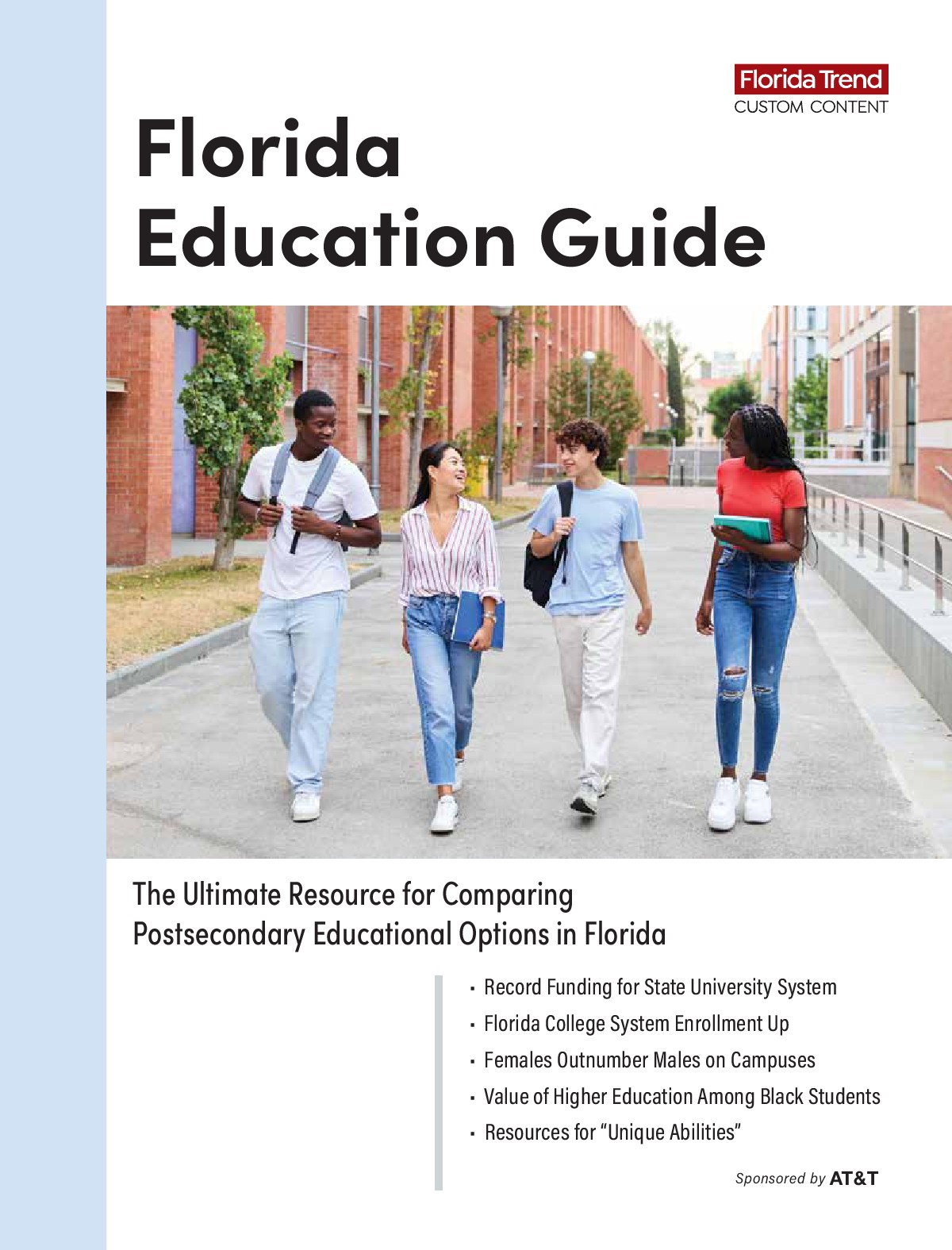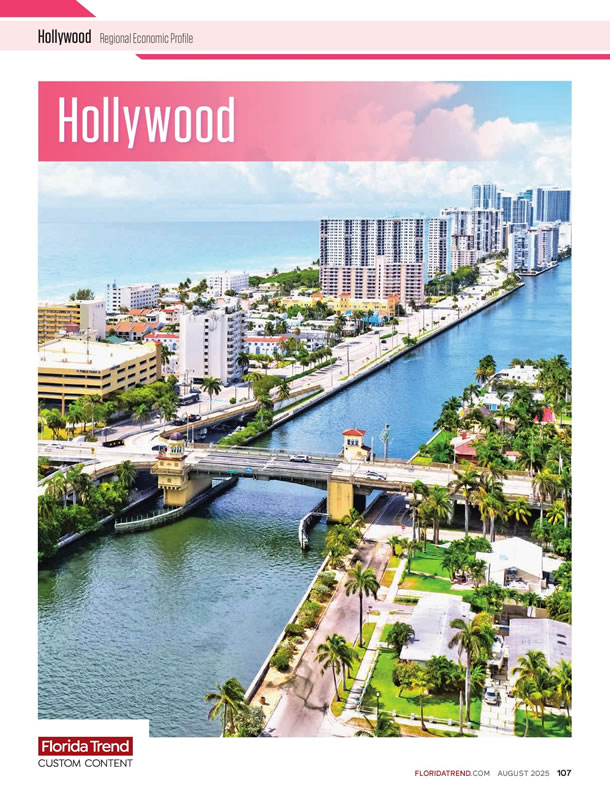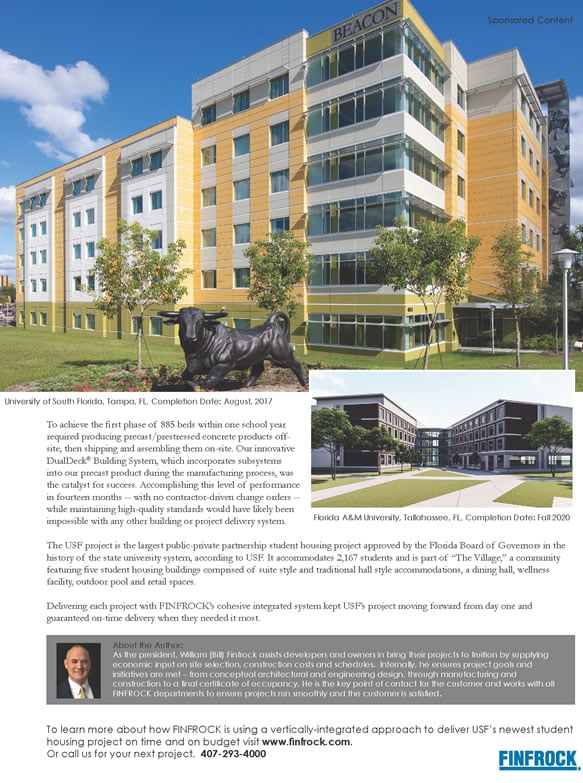 [Photo: iStockphoto] |
Times change. The Federal Reserve regularly surveys senior loan officers about loan demand and credit standards. The subprime category trendline disappears in 2008-09. "No one's even reporting it," says Carl Hudson, director of the center for real estate analytics at the Federal Reserve Bank of Atlanta. Non-traditional loans likewise have tumbled. Originally created as niche products — say, for the salesperson who reliably earned a big year-end bonus but didn't have enough regular monthly income for a fixed-rate mortgage — non-traditional loans moved mainstream in the boom. But in a recent Fed survey, many banks no longer offered them.
Meanwhile, in 2005, 42% of buyers made no down payment. Now, it's a negligible number. The FHA, which had less than 2% of the market in the boom, has become essentially the only game in town for low down-payment loans.
That leaves a sizable chunk of the market going back to the plain vanilla 30-year fixed. But for those on the bottom tier of the prime ladder, it's become harder to get — not just by boom standards but by historical measures. The median credit score for borrowers of 30-year fully conforming mortgages didn't change much during or after the boom. But for those borrowers in the bottom tenth of still-acceptable prime scores, credit's gotten a lot tighter since the bust.
As for those who do qualify for mortgages, borrowers report much more stringent underwriting, with lenders scrutinizing every financial detail.
Real estate agents say tighter credit standards play a direct role in holding back the recovery of the housing market. But, as McBride and others argue, loan standards in many ways have just returned to historical standards. "It's not that loan standards have increased; they've been reinstated," McBride says.












